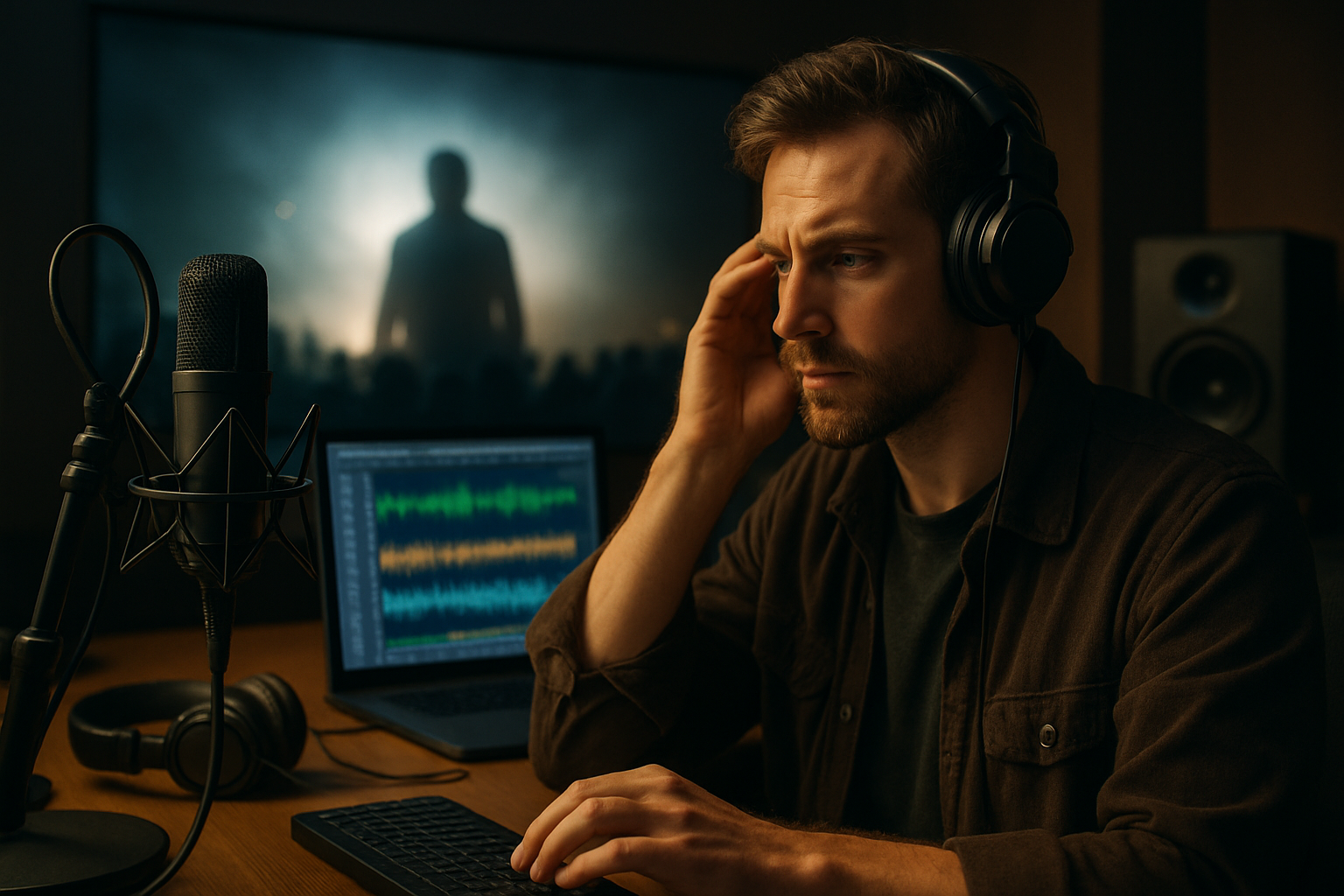The Sonic Tapestry: Exploring Cinematic Sound Design
In the realm of filmmaking, where visual spectacle often takes center stage, an unsung hero quietly shapes our emotional experience: sound design. This intricate art form, blending technical prowess with creative intuition, has evolved into a crucial element of modern cinema. From the subtle ambiance of a bustling city to the heart-pounding tension of a thriller, sound designers weave auditory landscapes that transport audiences deeper into the story. As we delve into the world of cinematic sound design, we uncover a fascinating intersection of technology, artistry, and psychology that profoundly influences how we perceive and connect with films.

The Psychology of Sound in Film
Sound design taps into the deep-rooted connection between audio stimuli and human emotions. Filmmakers harness this powerful tool to manipulate audience reactions, often on a subconscious level. Low-frequency rumbles can induce a sense of unease, while high-pitched tones might signal impending danger. The absence of sound, strategically employed, can create moments of intense suspense or profound emotional impact. Understanding the psychological impact of different sounds allows designers to craft audio experiences that resonate deeply with viewers.
Technological Advancements in Sound Design
The evolution of sound design has been intrinsically linked to technological progress. The transition from mono to stereo, and later to surround sound systems, opened new possibilities for creating immersive audio environments. Today, formats like Dolby Atmos allow for three-dimensional sound placement, enveloping audiences in a sphere of audio. Additionally, sophisticated software and digital tools have revolutionized the creation and manipulation of sound effects, enabling designers to craft increasingly complex and nuanced soundscapes.
The Art of Foley
Named after sound effects artist Jack Foley, this discipline involves recreating everyday sounds for film. Foley artists use an array of props and materials to produce authentic sound effects, from footsteps to clothing rustles. This meticulous craft adds layers of realism to on-screen action, often going unnoticed by viewers but significantly enhancing the overall auditory experience. The artistry lies in selecting and executing sounds that not only match the visual action but also convey the emotional undertones of a scene.
Sound Design in Different Film Genres
Each film genre presents unique challenges and opportunities for sound designers. In science fiction, they must create believable audio for fantastical worlds and technologies. Horror films rely heavily on sound to build tension and deliver scares. Dramas might employ subtle audio cues to underscore emotional moments. Action movies demand dynamic, high-impact sound effects that amplify the on-screen excitement. The versatility required of sound designers across these diverse genres showcases the breadth and depth of their craft.
The Collaborative Nature of Sound Design
Sound design is inherently collaborative, requiring close coordination with directors, composers, and other members of the film crew. Sound designers must work in harmony with the musical score, ensuring that sound effects and music complement rather than compete with each other. They also collaborate closely with editors to synchronize audio perfectly with visual elements. This teamwork extends to actors as well, with sound designers often involved in post-production dialogue recording and editing to ensure clarity and emotional impact.
The Future of Cinematic Sound
As technology continues to advance, the possibilities for cinematic sound design expand. Virtual and augmented reality platforms are opening new frontiers, challenging designers to create 360-degree audio environments that respond to viewer interactions. AI and machine learning are being explored as tools to generate and manipulate sounds, potentially revolutionizing the efficiency and creativity of the design process. Moreover, as home theater systems become increasingly sophisticated, sound designers must consider how their work translates across various listening environments.
The Unsung Heroes of Cinema
Despite its crucial role in filmmaking, sound design often goes unrecognized by the general public. Unlike visually striking special effects or memorable musical scores, great sound design is often most effective when it seamlessly blends into the overall cinematic experience. However, industry recognition has grown, with awards ceremonies now featuring categories specifically for sound editing and mixing. This acknowledgment highlights the growing appreciation for the artistry and technical skill involved in crafting a film’s sonic landscape.
In conclusion, cinematic sound design stands as a testament to the power of audio in storytelling. It is an art form that combines technical expertise with creative vision, shaping our emotional connection to films in ways both subtle and profound. As we look to the future of cinema, it’s clear that the role of sound design will only continue to grow, pushing the boundaries of what’s possible in auditory storytelling and enriching our cinematic experiences in ever more immersive ways.





